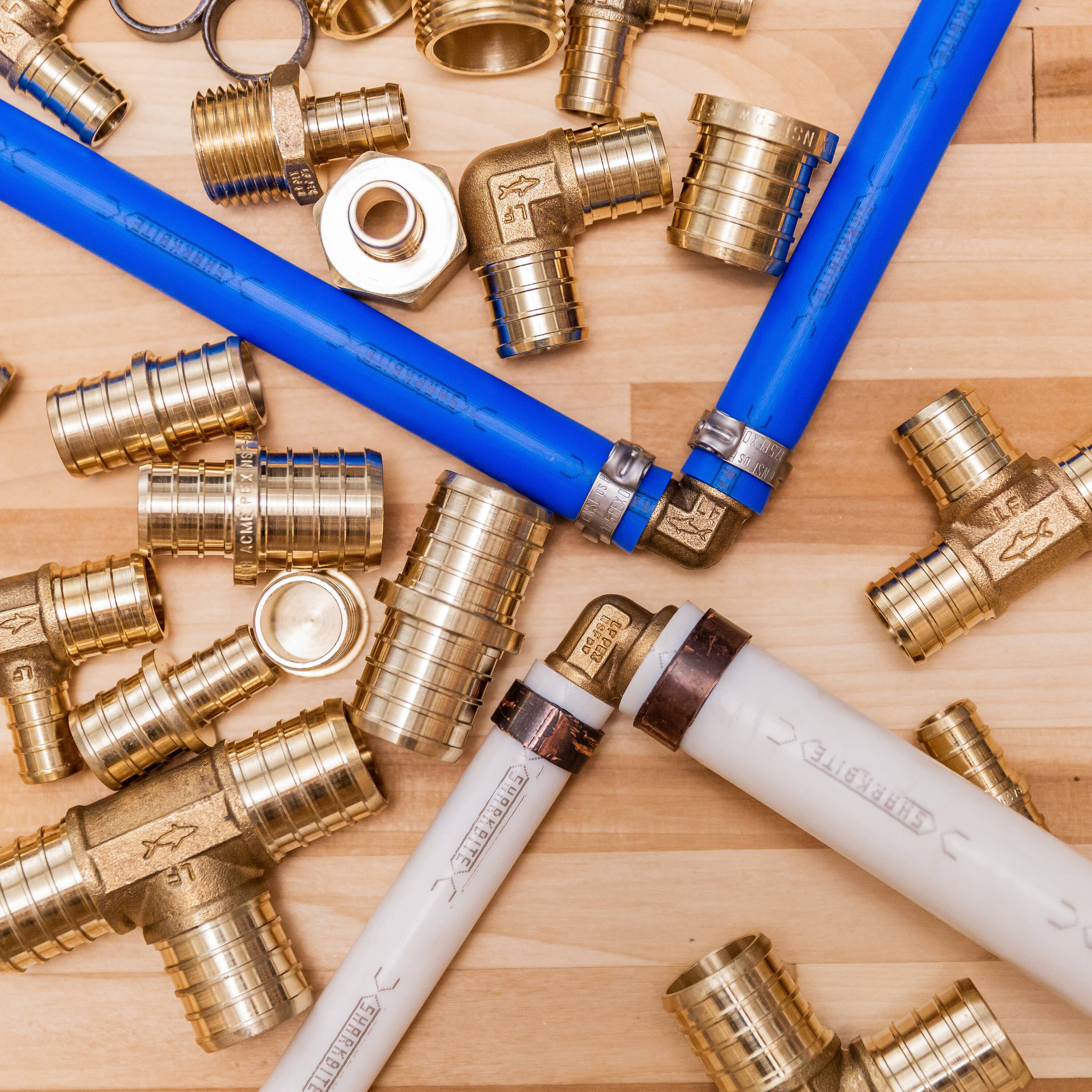PEX-A Fittings: A Comprehensive Guide
PEX-A fittings are essential components in plumbing systems that utilize cross-linked polyethylene (PEX-A) piping. These fittings provide secure connections between PEX-A pipes, enabling the creation of complex plumbing networks. This article delves into the world of PEX-A fittings, exploring their types, advantages, installation methods, and considerations for their use.
What are PEX-A Fittings?
PEX-A fittings are specifically designed to connect and terminate PEX-A pipes. They are typically made from materials like brass, stainless steel, or high-quality polymers. These fittings come in a wide array of configurations, including:

Elbows: Used to change the direction of the pipe.
Advantages of PEX-A Fittings
PEX-A fittings offer several advantages that contribute to their widespread adoption in modern plumbing:
Corrosion Resistance: PEX-A fittings, particularly those made of brass or stainless steel, are highly resistant to corrosion. This ensures long-lasting performance and minimizes the risk of leaks due to rust or other forms of degradation.

Types of PEX-A Fittings
There are several common types of PEX-A fittings, each with its own unique characteristics and installation methods:
These fittings require a specialized crimping tool to secure the connection.

These fittings utilize a clamp to secure the PEX-A pipe to the fitting.
These fittings rely on the expansion of the PEX-A pipe when heated to create a secure seal.
These fittings feature a spring-loaded mechanism that secures the PEX-A pipe when pushed into the fitting.
PEX-A Fitting Installation
The specific installation process for PEX-A fittings will vary depending on the type of fitting and the manufacturer’s instructions. However, some general guidelines apply:
1. Prepare the PEX-A Pipe: Cut the PEX-A pipe to the desired length using a sharp utility knife or pipe cutter. Ensure the cut end is clean and free of burrs.
2. Insert the Pipe: Carefully insert the prepared PEX-A pipe into the fitting.
3. Secure the Connection: Depending on the fitting type, use a crimping tool, clamp, expansion tool, or simply push the pipe into the fitting to secure the connection.
4. Inspect the Connection: After installation, carefully inspect the connection to ensure it is secure and leak-free.
5. Test the System: Once the entire plumbing system is installed, conduct a thorough pressure test to identify and address any potential leaks.
Considerations for Using PEX-A Fittings
Compatibility: Ensure that the PEX-A fittings you choose are compatible with the specific type of PEX-A pipe being used.
Conclusion
PEX-A fittings are an integral part of modern plumbing systems, offering numerous advantages in terms of performance, durability, and ease of installation. By understanding the different types of PEX-A fittings and following proper installation procedures, you can ensure a reliable and long-lasting plumbing system for your home or building.



